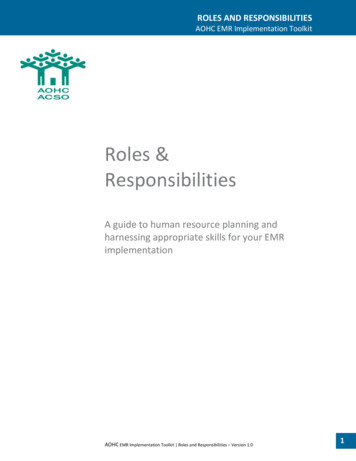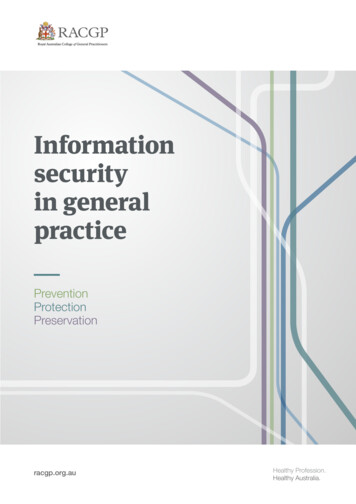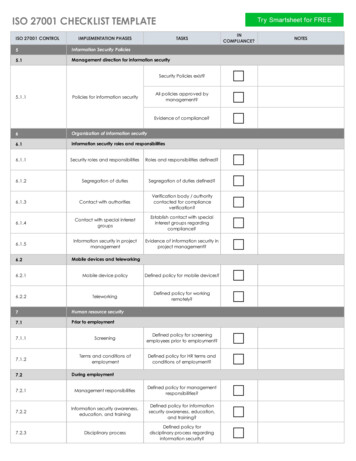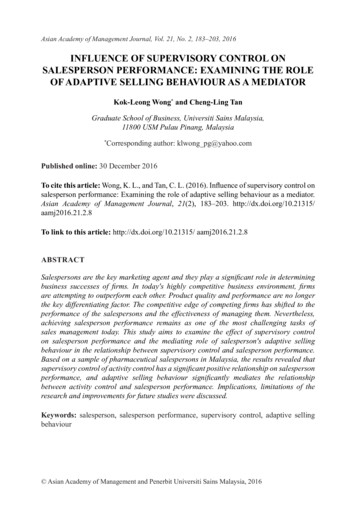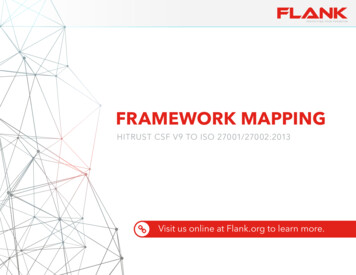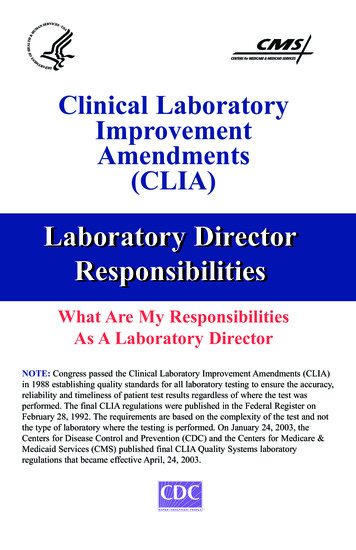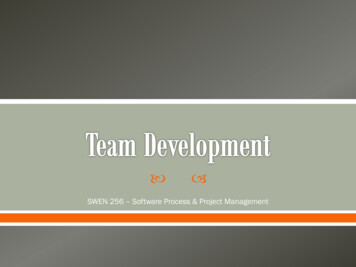
Transcription
SWEN 256 – Software Process & Project Management
What are your responsibilities as a team member?As a Project Manager? How does Team Development relate to the Project Triangle? ScopeCost ScheduleWhat’s more important? The strength of individual teammembers, or the strength of the team?What are some characteristics of a good team?
“Software projects fail for one of two generalreasons: the project team lacks the knowledgeto conduct a software project successfully, orthe project team lacks the resolve to conduct aproject effectively.”- Steve C McConnell
StartProjectEndPlanningEnter Phase/Start ProjectInitiatingClosingExecutingMonitoring and ControllingExit Phase/Close Project
SkillsSkillExample ActivityPlanningWhich resources are pre-assigned to the project?NegotiationGetting the best possible resources. Sharing resources.HiringOutsourcing, virtual teamsRisk ManagementWhat if resources become unavailable?JudgmentIs it possible assumptions are being made regarding skill levels?Types of InfluenceFormal(Legitimate) RewardPenalty (Coercive)ExpertReferentLeadership raticConsultativeConsultative- icDemocratic / ing
SelfActualization5 Esteem4 Social3 ResultsAccountabilityCommitment SafetyPhysiologicalIndividual 2 1 Managed ConflictTrustTeamLower level needs must be satisfied before higher levelneeds can be addressed
“No matter how talented an individual may be,no matter how much energy he might possess,regardless of how much integrity and honestyhe or she may have, if that person is alone,they can accomplish very little.”- Robert F. Kennedy(1964)
Trust Trustis the foundation of teamwork Trust is all about vulnerability, which is difficult formost people. Takes time. Needs to be maintained over time. Techniques – Behavioral profiling (like MyersBriggs). Helps to admit strengths & weaknesses.“Overcoming the Five Dysfunctions of a Team”, Patrick Lencioni
Managed Conflict Goodconflict among team members requirestrust, which is all about engaging in unfiltered,passionate debate around issues. Even among the best teams, conflict will at timesbe uncomfortable. Conflict norms will vary in each team, and must bediscussed and made clear. The fear of occasional personal conflict should notdeter a team from having regular, productivedebate.“Overcoming the Five Dysfunctions of a Team”, Patrick Lencioni
Conflict Resolution Techniqueso Confronting (Problem Solving)o Compromisingo Withdrawal (Avoidance)o Smoothing (Accommodating)o Collaboratingo Forcing Problem Solving1.2.3.4.5.6.Define the real/root problemAnalyze the problemIdentify SolutionsPick a SolutionImplement a solutionReview the solution, and confirm that it solved the problem
Commitment Commitmentrequires clarity & buy-in (McConnell –“signing up”) Clarity requires that teams avoid assumptions andambiguity, and end discussions with a clearunderstanding about what they’ve decided upon. Buy-in does not requires consensus. Members ofgreat teams learn to disagree with one anotherand still commit to a decision.“Overcoming the Five Dysfunctions of a Team”, Patrick Lencioni
Accountability Accountabilityon a strong team occurs directlyamong peers. For a culture of accountability to thrive, a leadermust demonstrate a willingness to confrontaccountability. Best opportunity occurs during meetings andregular review of accomplishments.“Overcoming the Five Dysfunctions of a Team”, Patrick Lencioni
ProjectManager ProjectSponsorActivity 1AIActivity 2RSActivity 3CActivity 4RAActivity 5ADeveloper1Tester 1RRSCRSRACI – Responsible, Accountable, (Support), Consulted, Informed
Results Thetrue measure of a great team is that itaccomplishes the results it sets out to achieve. To avoid distractions, team members mustprioritize the results of the team over theirindividual or organizational (dept) needs. To stay focused, team must publicly clarify theirdesired results and keep them visible.“Overcoming the Five Dysfunctions of a Team”, Patrick Lencioni
1.NormingStorming2.3.PerformingForming4.5.Forming: The group comes togetherand gets to initially know oneanother and form as a group.Storming: A chaotic vying forleadership and trials of groupprocessesNorming: Eventually agreement isreached on how the group operatesPerforming: The group practices itscraft and becomes effective inmeeting its objectivesDissolving/Adjourning
To avoid distractions, team members must prioritize the results of the team over their individual or organizational (dept) needs. To stay focused, team must publicly clarify their desired results and keep them visible. "Overcoming the Five Dysfunctions of a Team", Patrick Lencioni Results
